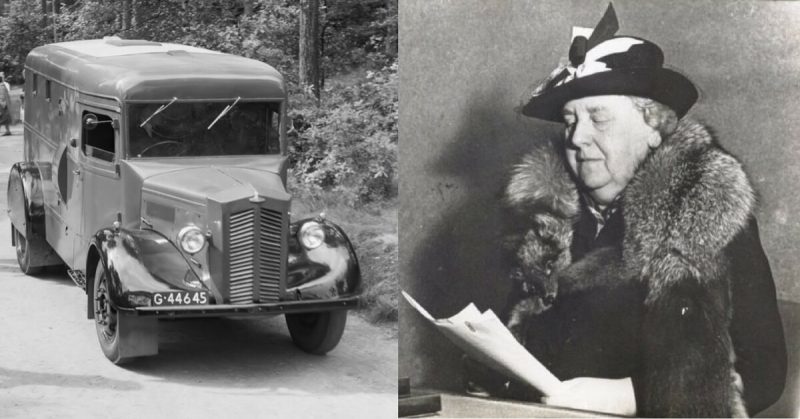Despite tensions between Britain and the Netherlands over territorial disputes in South Africa, things changed when Germany invaded the latter in 1940. Shortly after, the British also invaded Dutch territory to kidnap the Dutch Queen.
Ok, it was actually a rescue. A contentious one, since Queen Wilhelmina of the Netherlands wasn’t trying to reach British soil. She was instead hoping to reach the Dutch province of Zeeland as it hadn’t yet fallen into German hands. The British weren’t taking any chances, however, which was why they took her to Britain. Even so, they almost failed.
But first, some background info. The Dutch were neutral during WWI, which protected them from German invasion but not from Allied interference. Though officially respecting the neutrality of the Netherlands, the Allies blockaded Dutch ports to prevent them from supplying Germany.
This annoyed Wilhelmina. So when Germany lost, she granted political asylum to the German Emperor Wilhelm II. Which annoyed the Allies, of course. As a result, Germany and the Netherlands enjoyed cordial relations at the start of WWII on September 1st, 1939. Declaring themselves neutral, once more, the Dutch felt confident that Germany would leave them alone.
And Germany did just that… until May 10th, 1940, that is.
Despite valiant efforts under General Henri Winkelman, Dutch resistance was futile. Their weaponry was obsolete. Besides a few armored vehicles, they had some 150 outdated biplanes – most of which were destroyed during the initial assault.
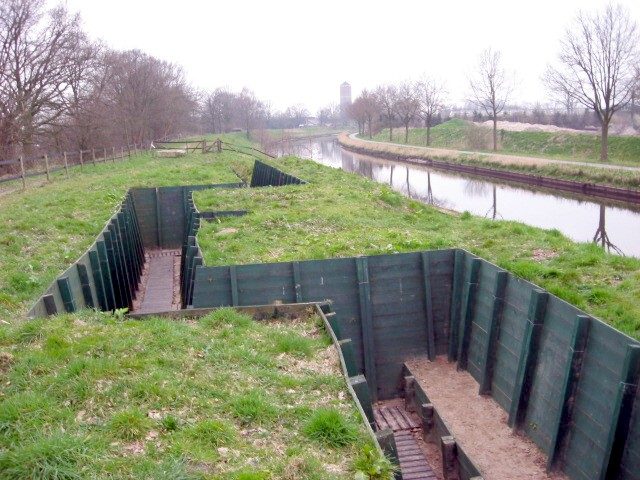
All the Dutch could do was hold the Germans off as best they could at the Grebbe Line (a series of defensive trenches) and the Afsluitdijk (a causeway running from North Holland to Friesland). It was simply a delaying tactic, however, and everyone knew it.
The British refused to put a major ground force in the country, even though they knew that a Nazi-occupied Netherlands meant an enemy coast near British territory. They instead focused on their efforts at sea.
The French joined the fight in the province of Noord-Brabant, while the Royal Air Force (RAF) attacked the Waalhaven airfield. The Germans had taken the latter in the early morning of May 10th, so the RAF bombed it later that evening. Despite causing some damage, however, it did no good.
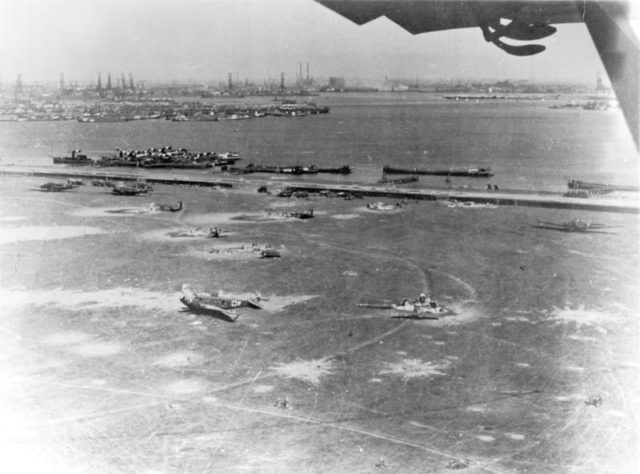
On May 12th, Major Joseph C. Haydon, commanding officer of the 2nd Battalion of the Irish Guards, took off from Dover aboard the HMS Hereward. He wasn’t happy. The invasion had taken everyone by surprise, so about a quarter of his men were on leave and couldn’t be reached through phone or telegram.
Despite a greatly reduced force, his orders were to dock at Walcheren in order to: (1) secure it for the rest of the Royal Navy, (2) rescue the Dutch Royal family, (3) evacuate embassy staff and other British citizens, and (4) cover the escape route from The Hague to Walcheren.
The few land forces already on Dutch soil had three more orders: (1) secure the Dutch gold reserves, (2) get as many diamonds out as possible, and (3) destroy the docks so the Germans couldn’t use them.
Haydon’s mission, called Harpoon Force, reached the Hook of Holland (a town near Rotterdam) at dawn on May 13th to find the place in flames. They had barely docked when German Stukas began bombing their ship and strafing them with bullets.
The men quickly disembarked, only to find that it wasn’t just the enemy who were shooting at them. Some of the locals supported the invasion and began taking potshots at the battalion from several houses, forcing them to take cover.
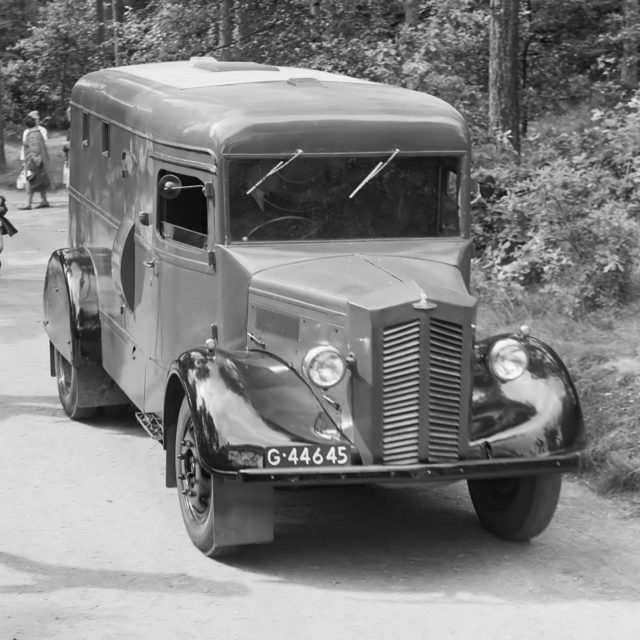
The battalion had to get to The Hague to escort the Dutch royal family, but it was hard going even when members of the Dutch resistance came to their aid. The Dutch also warned them not to accept candy or cigarettes from any local because they were likely poisoned by Nazi-sympathizers.
Since Haydon was given leeway about his orders, he chose not to send anyone to The Hague. Walcheren was under siege, so securing it was hard enough. Besides the ship’s guns, all his battalion had were a few 3-inch mortar guns, the standard issue Bren guns, some AT guns, and two signal trucks.
By late morning, trucks began arriving from Amsterdam, but none carried the royal family. They instead brought diamond-filled crates which the sailors loaded onto the Hereward. To make room for more, they began unloading the ship’s stores so the resistance could use them.
With the Germans still strafing them and still no Dutch royal in sight, Haydon finally gave the order to secure the roads between Walcheren and the docks. They hoped that some British nationals might make it out, at least.
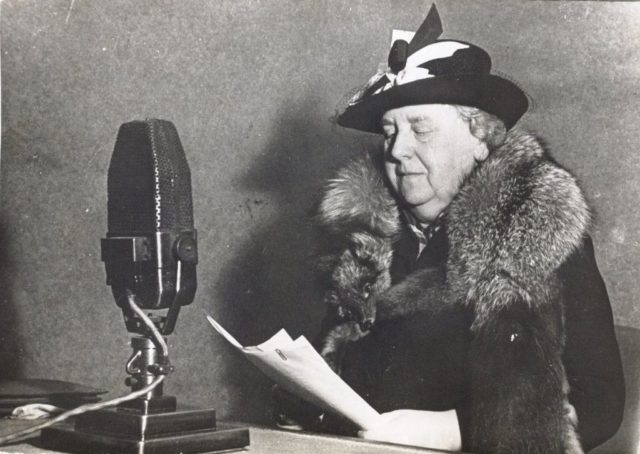
Shortly after 12 PM, a fleet of black cars finally made it to the docks – the royal family had arrived at last! So Haydon contacted Captain Thomas Halsey, senior Royal Navy Officer aboard the HMS Malcolm, to let him know – but there was a problem.
“Nonsense!” was Halsey’s reply. “She left yesterday!”
Except that Queen Wilhelmina was standing on the dock with other members of the Dutch royal family – all of whom were wondering why they weren’t allowed to board.
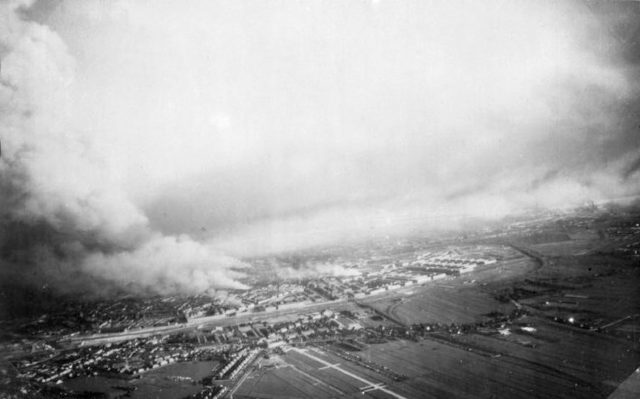
Haydon again insisted that he had his passengers and asked for permission to leave, but Halsey wasn’t having any of it. The queen’s daughter, Princess Juliana, had left the previous day aboard another ship, but Halsey didn’t know that.
It took a while, but the matter was eventually settled, and the dignitaries were finally allowed to board. Even so, they weren’t allowed to leave – but Halsey had nothing to do with it.
The queen refused to leave. She insisted that more were coming, so they simply had to wait – never mind the bombs and bullets. The rest of the Dutch government finally arrived at around 6 PM, allowing the Hereward to make its way back to Britain, at last.
But not with everyone onboard. Some of the 2nd Battalion were left behind to provide support to the remaining ground troops. The ship was still visible from the docks when German bombers roared overhead, killing seven guardsmen and wounding 23.
The sacrifice was worth it, however, because Wilhelmina did do her part to weaken the Axis from Britain.
